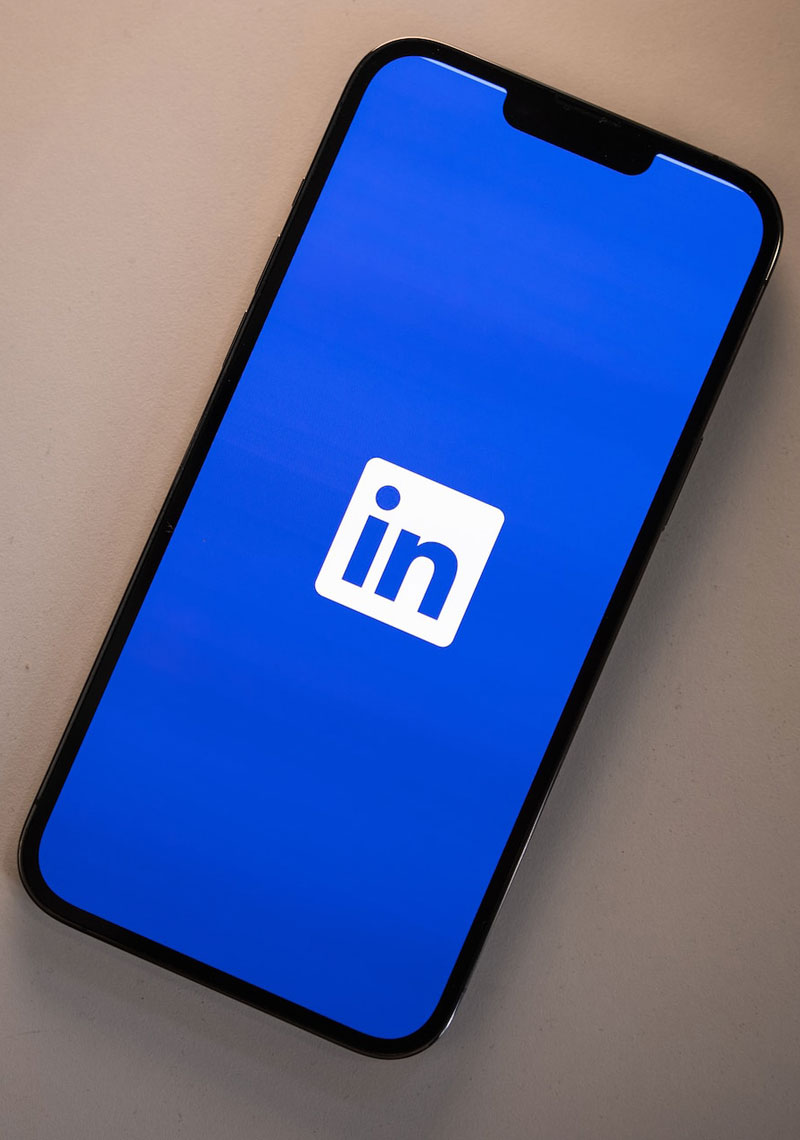 Thinking of changing careers but are undecided? It helps to talk with people in those careers or programs you are curious about to gain real insight into their first-hand experiences. Although doing your own research online is imperative to make an informed decision, you need insider information. LinkedIn is handy when you don’t know how to find people or you’ve exhausted your own network. Here is a 5-step guide to effectively approaching people via LinkedIn.
Thinking of changing careers but are undecided? It helps to talk with people in those careers or programs you are curious about to gain real insight into their first-hand experiences. Although doing your own research online is imperative to make an informed decision, you need insider information. LinkedIn is handy when you don’t know how to find people or you’ve exhausted your own network. Here is a 5-step guide to effectively approaching people via LinkedIn.
1. Create a professional profile
Make sure you have a clear, professional headshot. You don’t have to be wearing a blazer or suit, I’ve seen people wearing tutus or some pose outdoors. Just make sure it reflects who you are and smile. You also want to have a solid headline that summarizes your professional brand. Basically, if this is the only thing someone would see about you, what would it say? For example, “Registered Counselling Therapist | Career Counsellor | Nature-Informed Practice | Parks Prescriber” is my headline.
2. Get 30 connections
This seems superfluous but if you’re new to LinkedIn, you actually need 30 connections associated with your profile in order to message people. Usually, LinkedIn suggests people from your email contacts right off the bat, otherwise, add them yourself. You will need to wait until 30 people accept your LinkedIn invitation in order to move on to Step 3.
3. Find the right people
You want to approach LinkedIn like a research platform, to learn about careers and the people doing the work you’re curious about. The point is to get information about a job and not ask for a job.
Type in careers or keywords associated with your area of interest like “Zookeeping” or “insurance adjustor” in the search bar (top left) then click on the “people” button. Start scrolling and reading people’s profiles! Focus on where they started out and what they did for training/school.
4. Send personalized messages
Send an invitation to connect with people whose profiles are curious or interesting to you by writing a genuine, personalize message – no one wants to receive a generic, copy & paste message, nor will anyone reply to it. Here is the ABCs of a LinkedIn message:
- Introduce yourself
- Point out something specific about their profile that caught your attention
- Make a request or provide a call to action. Here’s an example:
“Hi Camilla, I’m a Counsellor in Halifax and it looks like we have similar interests in career psychology and went to the same program at McGill University. I’d love to pick your brain about your own career path and what you’re up to now! Would you be free to zoom or chat over the phone in the next few weeks?” – Laura
There is a word limit so keep it short. Sometimes you have to click “Connect” and then “add a note” in order to send a message. Other profiles will allow you to message directly. That being said, don’t ever just send an invite without a message otherwise, people won’t engage and that contact will most likely stay idle.
5. Wait
See if they reply. Not everyone uses LinkedIn or responds to strangers on LinkedIn, but that’s to be expected. That’s why it’s good to reach out to a handful of people for better chances to make yourself known. If they respond, then congratulations! You can set up a time to chat with them and prepare some customized questions like you would for an information interview. Check out our information interview guide here.
Reaching out to people on LinkedIn is a fantastic networking tool as it allows you to build your contacts, develop your networking skills and learn about careers, programs, and organizations so that eventually the relationships you build will flourish into a potential career opportunity.






